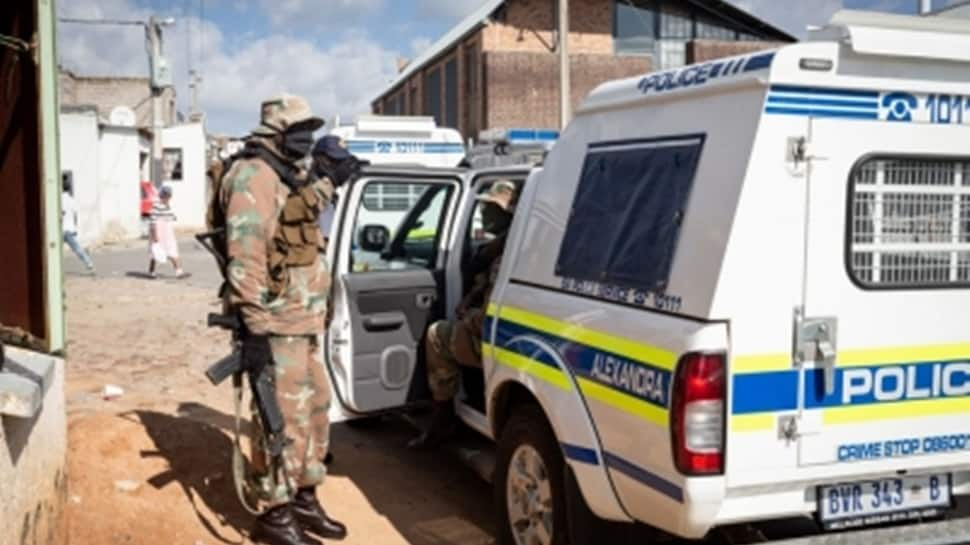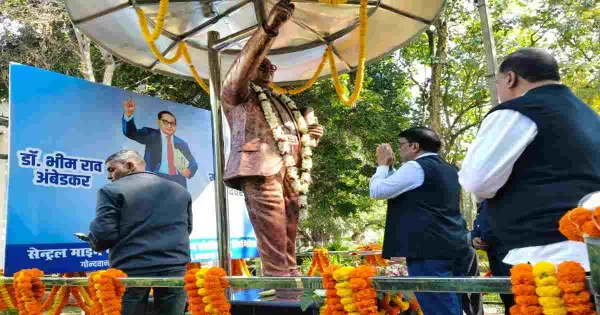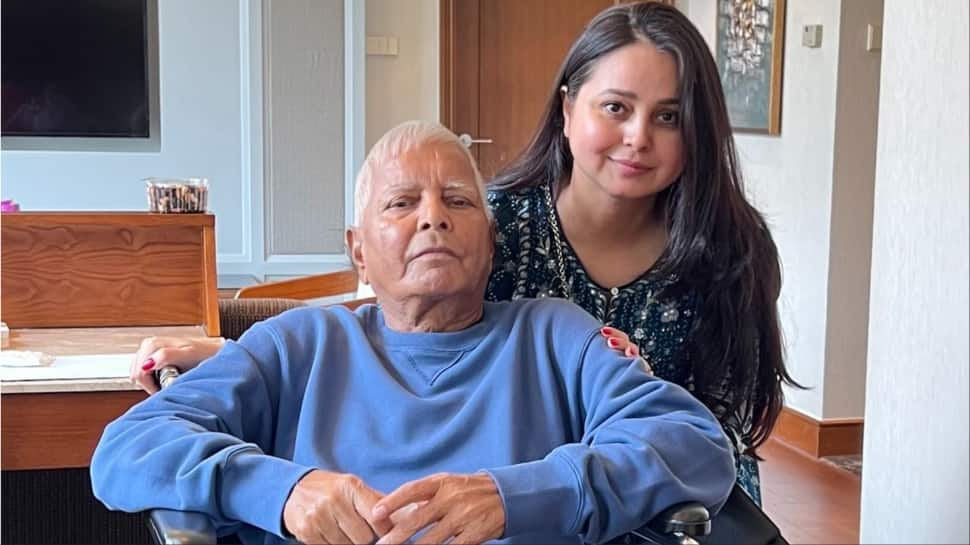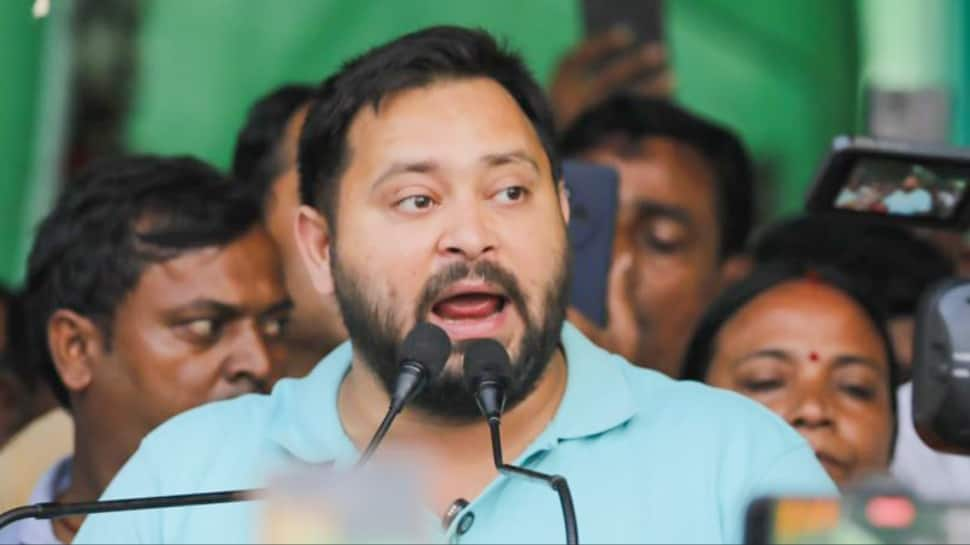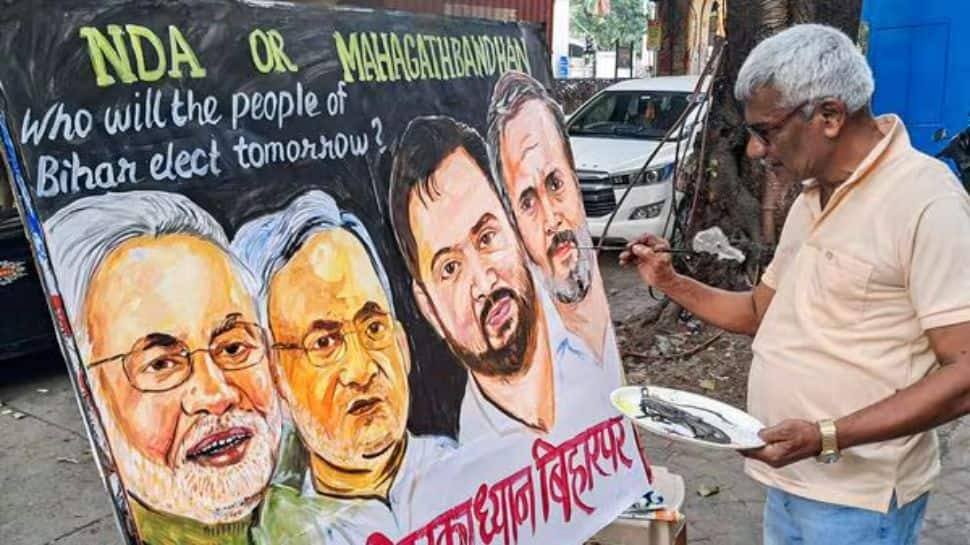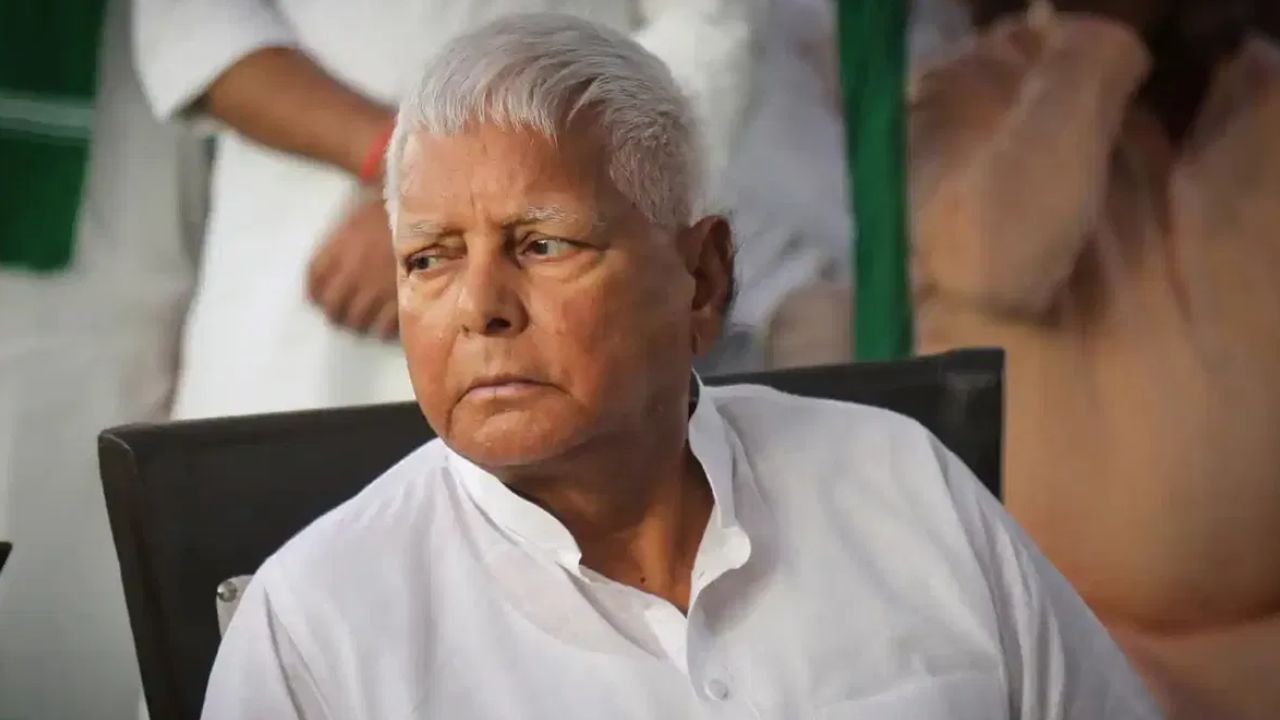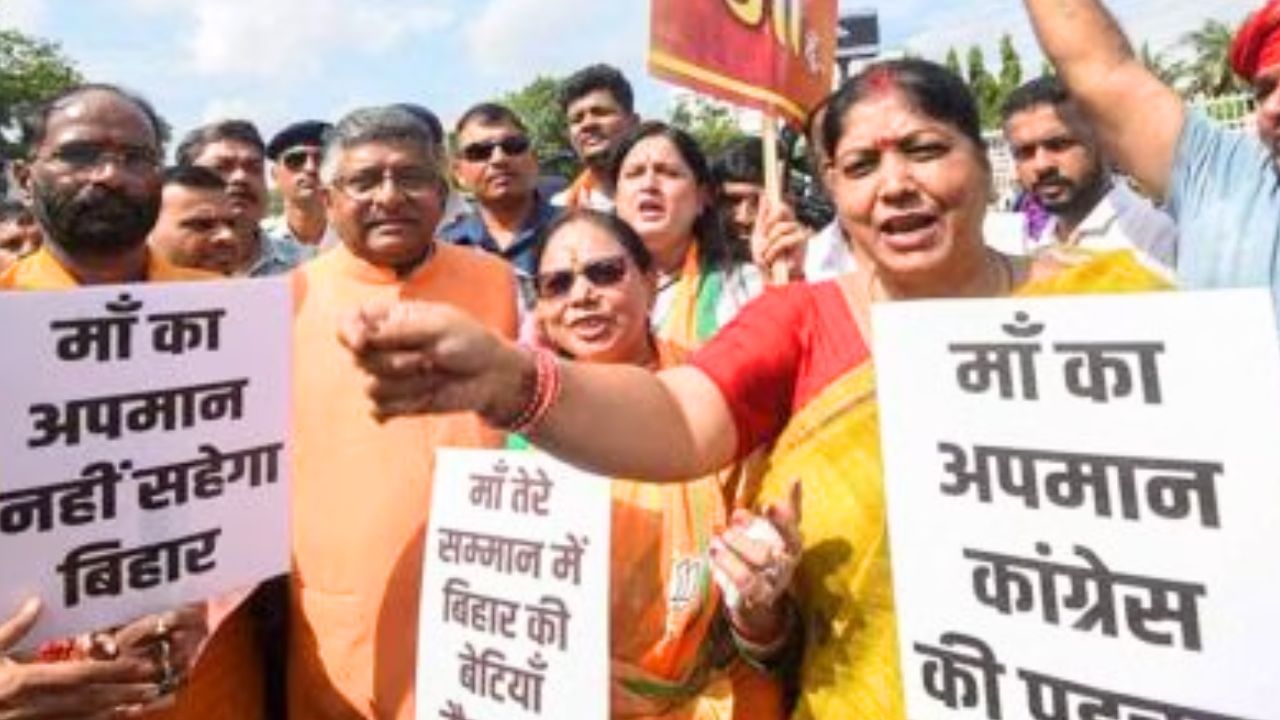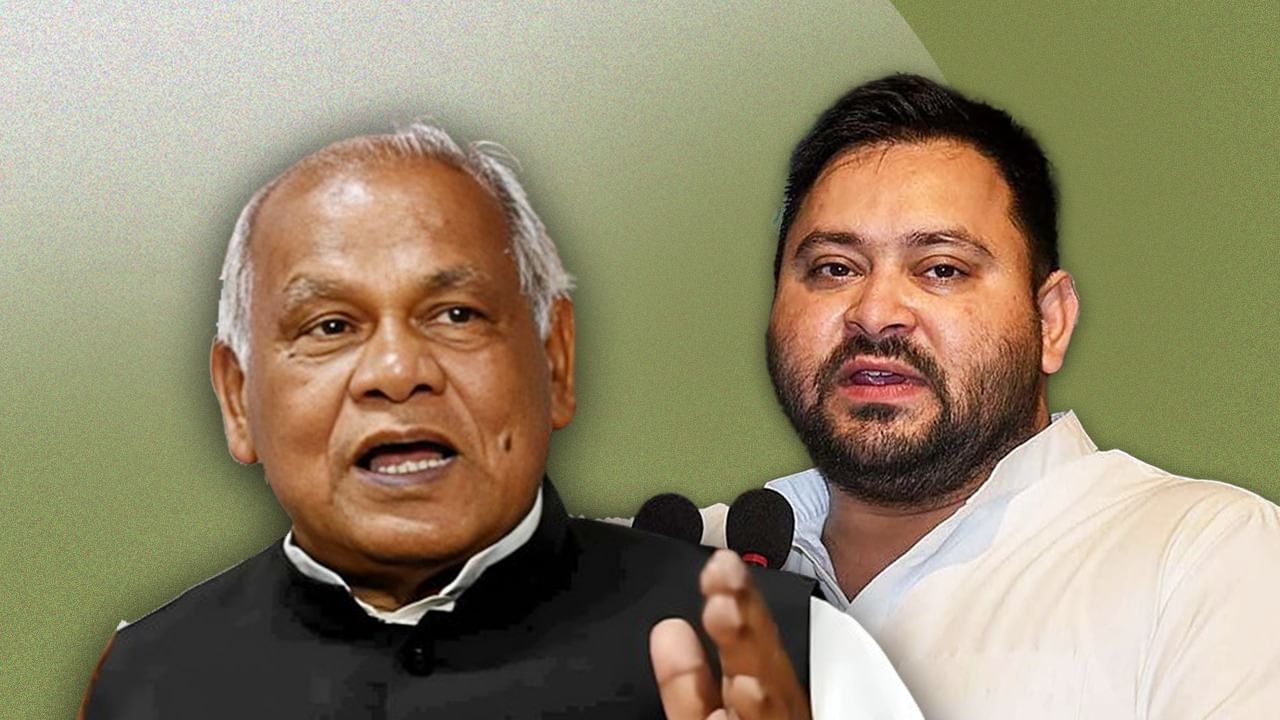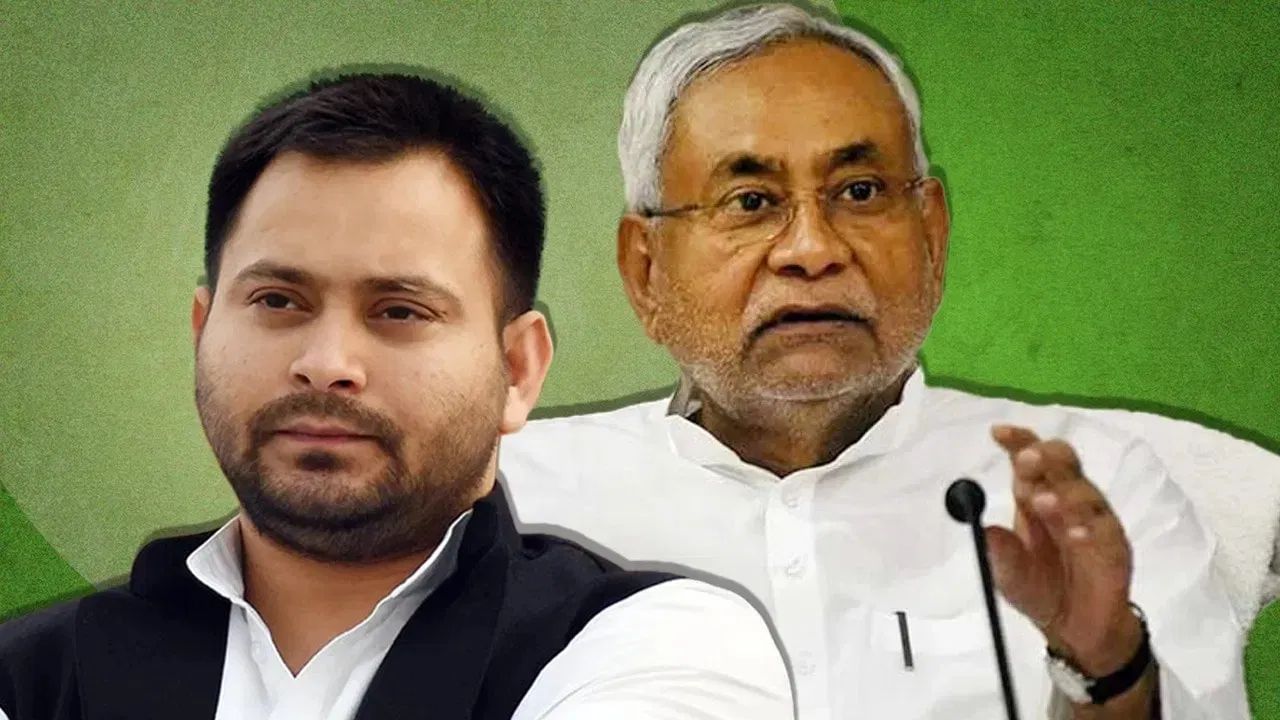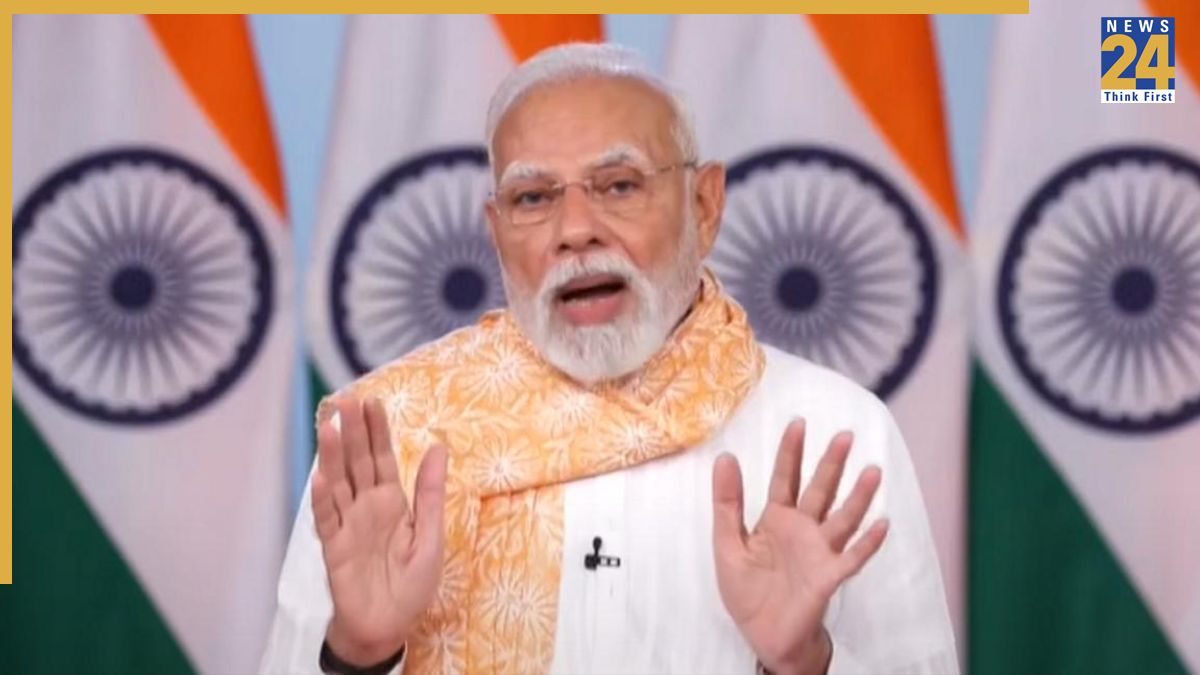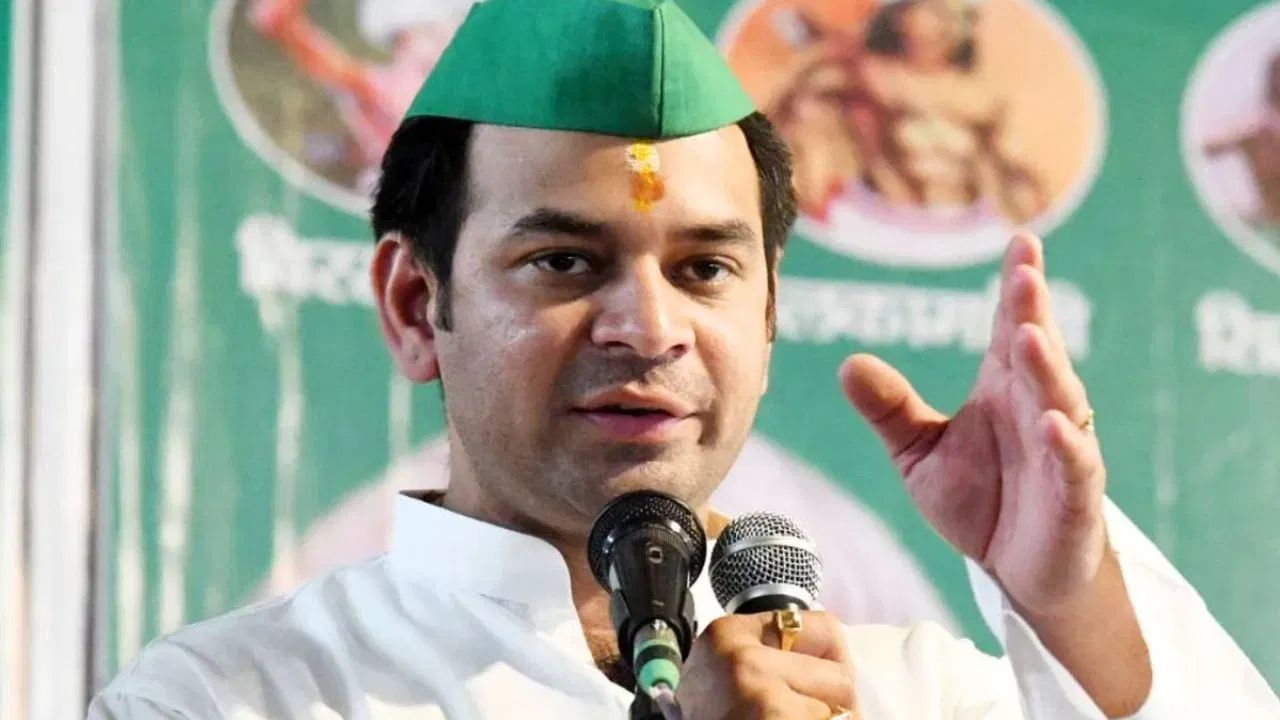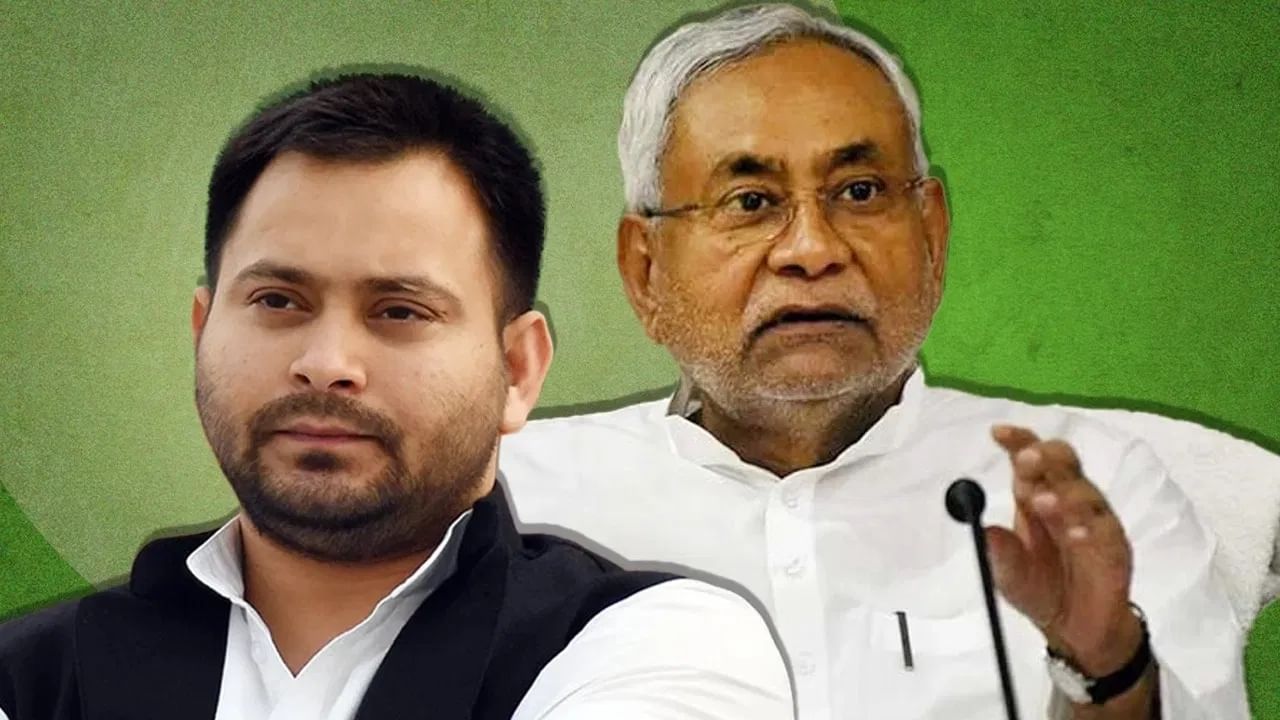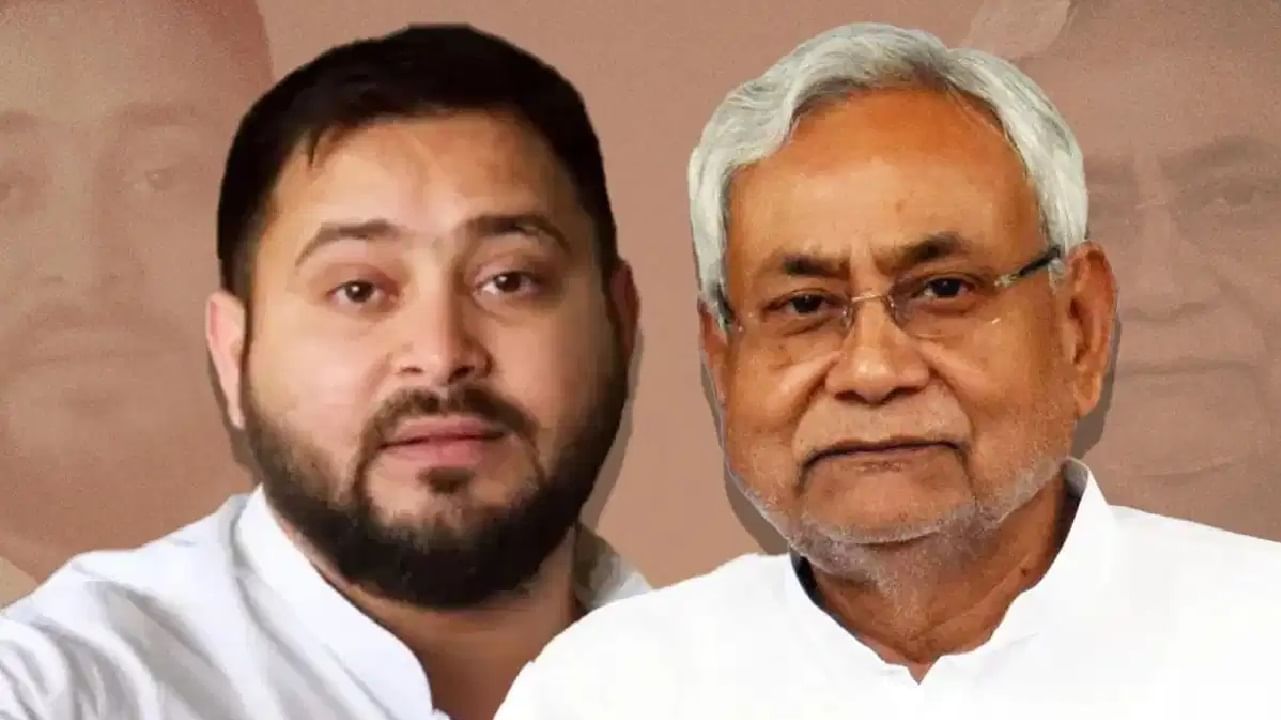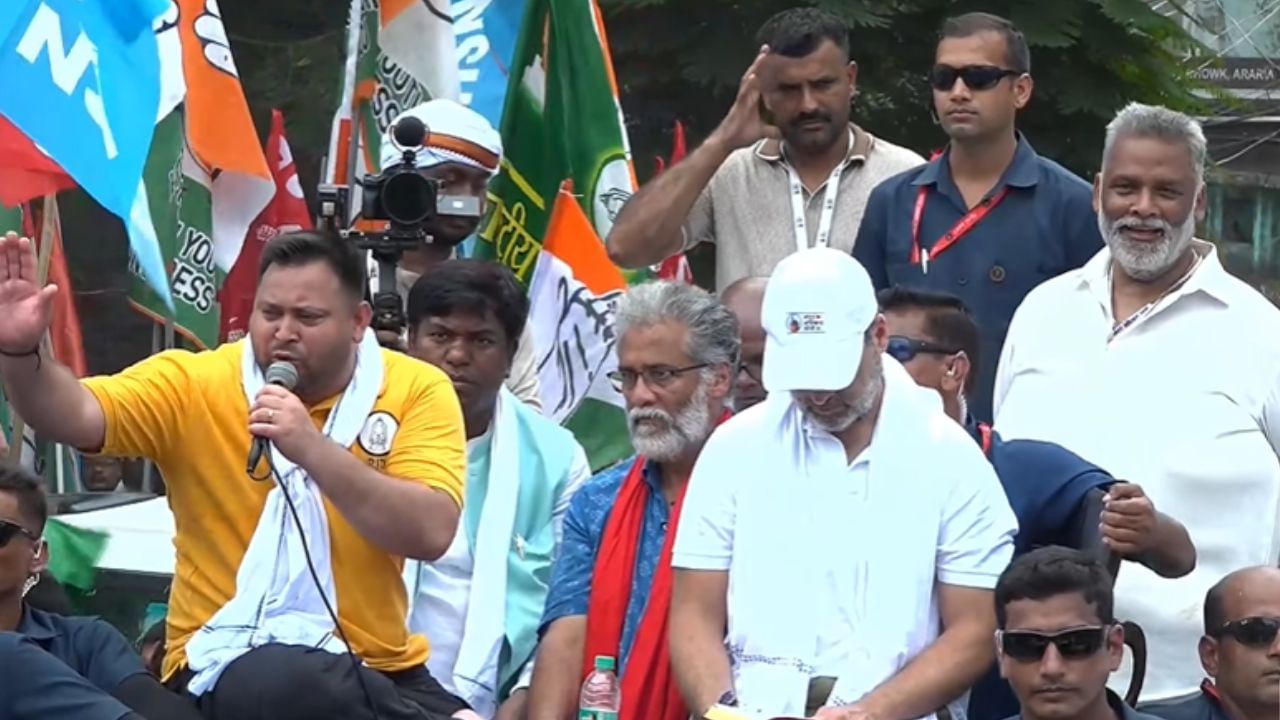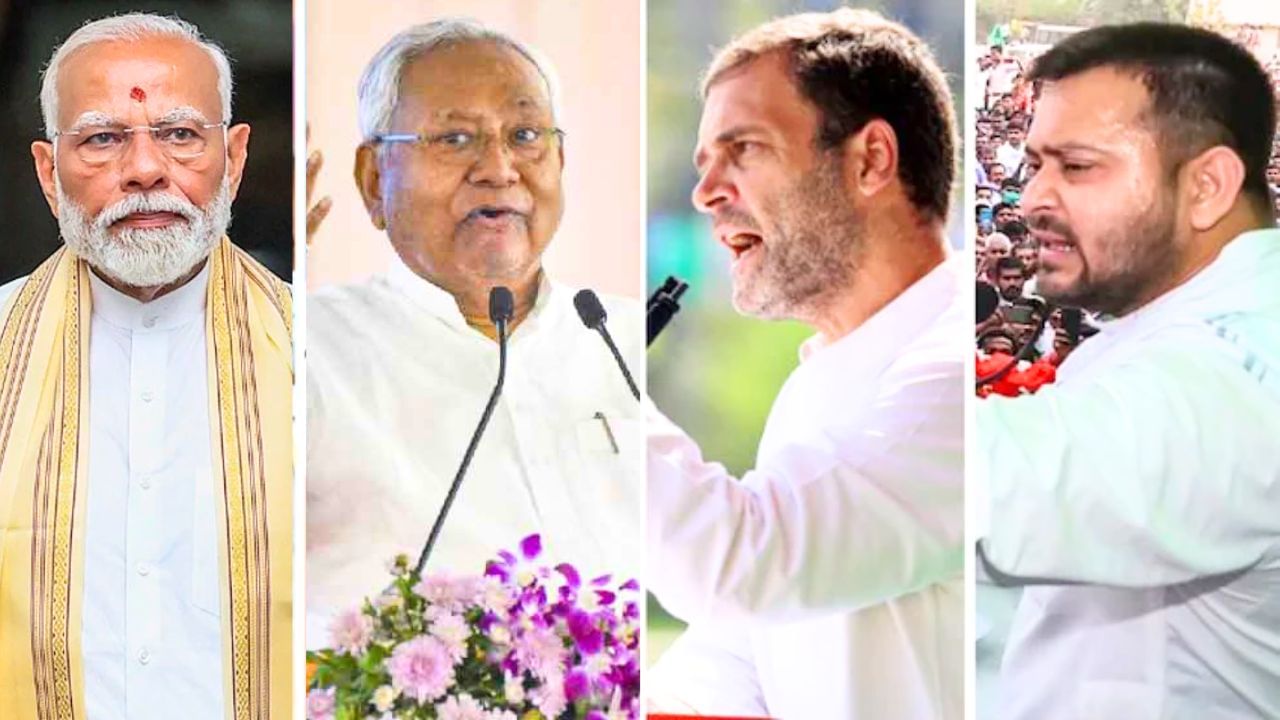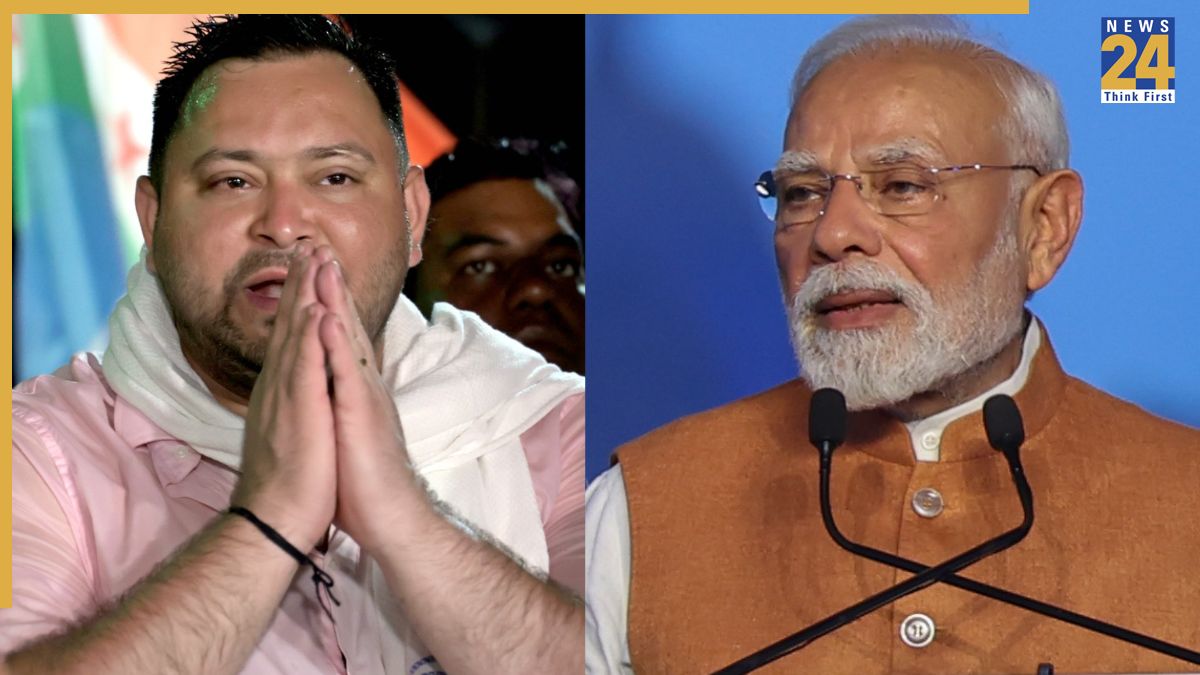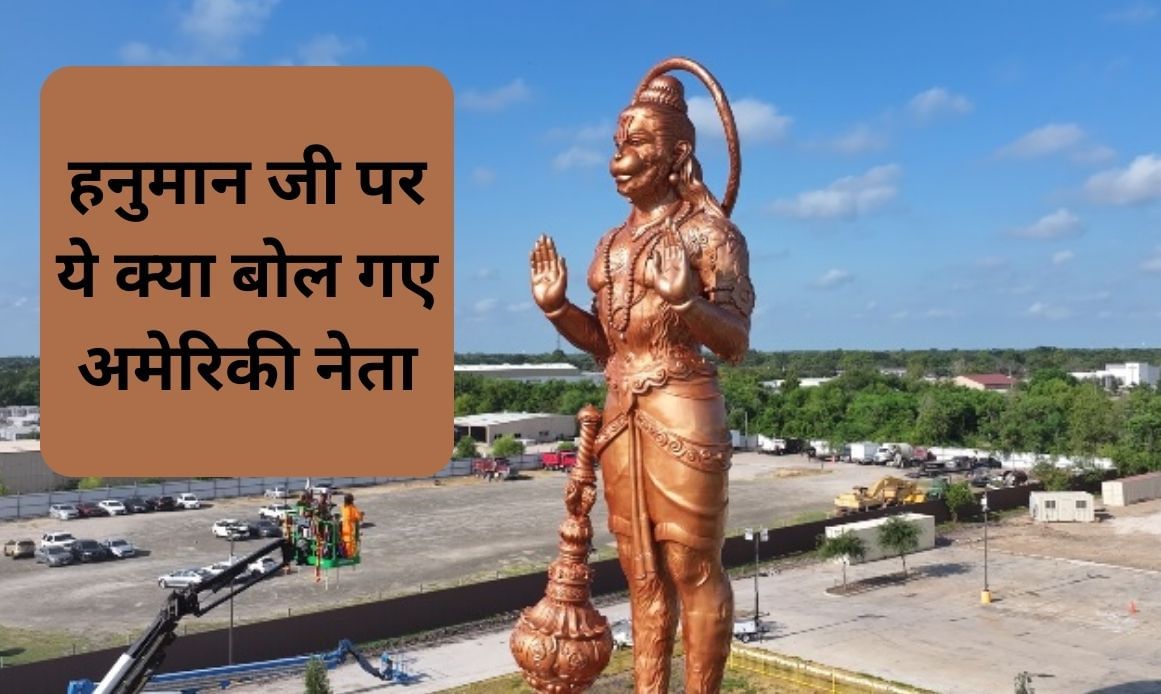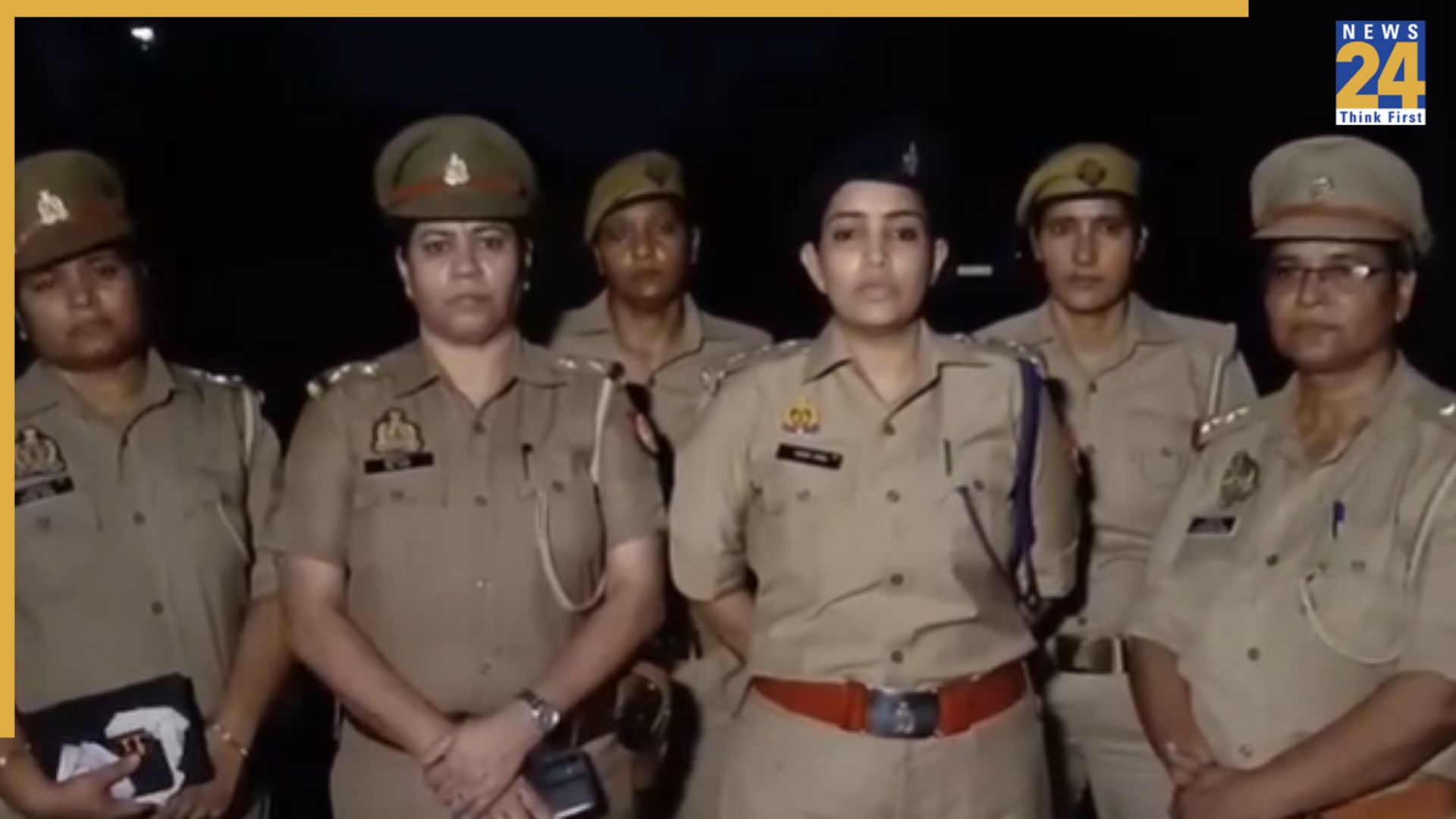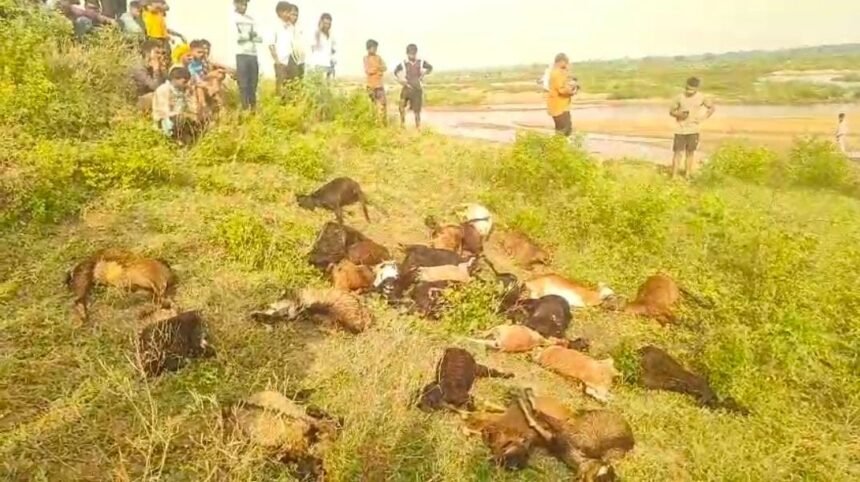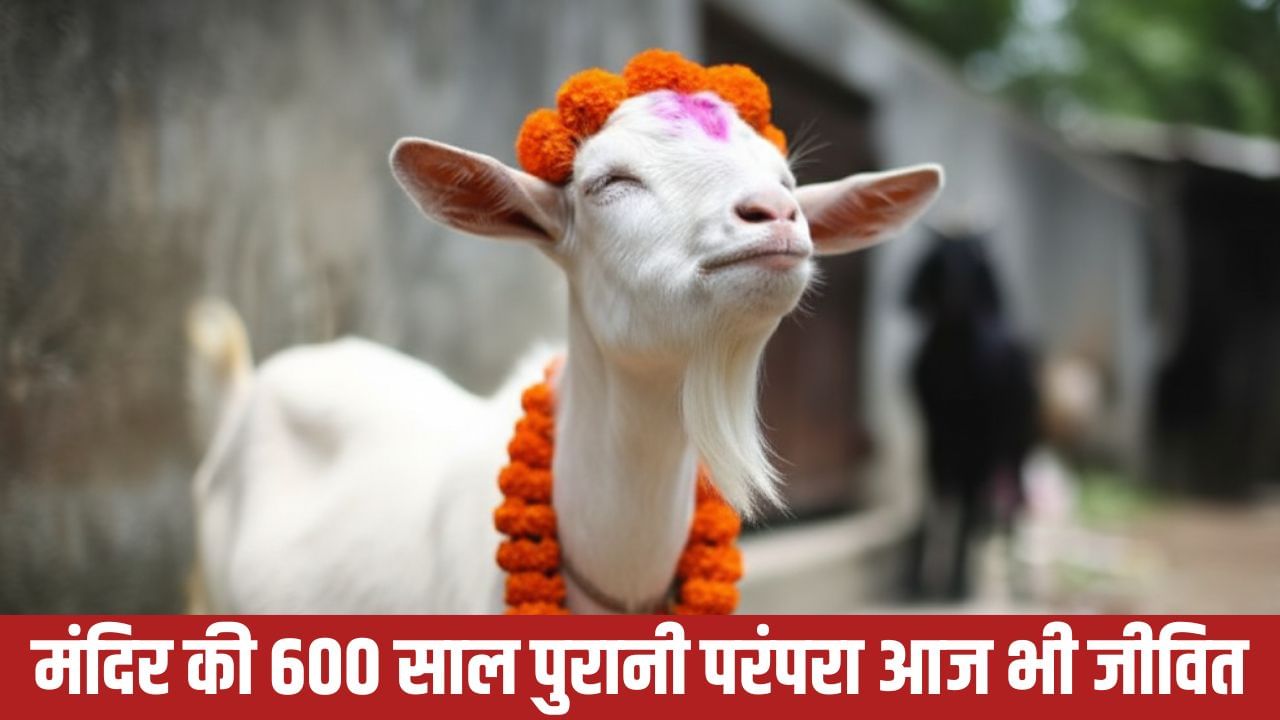Subscribe to Updates
Get the latest creative news from FooBar about art, design and business.
Browsing: RJD
Lalu Prasad Yadav Criticizes PM Modi: ‘Want Victory from Bihar, Giving Factories to Gujarat?’
As the Bihar assembly elections draw near, the political climate intensifies, with parties engaging in heightened criticism. RJD chief and former Bihar…
Amidst the upcoming assembly elections in Bihar, political tensions have escalated following derogatory remarks made against Prime Minister Modi’s mother. The BJP…
Amidst the approaching Bihar assembly elections, the political climate has intensified following the use of offensive language against PM Modi’s mother. The…
Political tensions are escalating in Bihar as the state gears up for assembly elections. Amidst the ongoing war of words between leaders,…
Political parties in Bihar are gearing up for the upcoming assembly elections. Following the conclusion of the Voter Rights Yatra, Leader of…
PM Modi Condemns Verbal Abuse of Mother at Bihar Rally, Criticizes Rahul Gandhi and Tejashwi Yadav
Prime Minister Narendra Modi addressed the controversy surrounding alleged abusive remarks made about his late mother during a Bihar rally, breaking his…
PM Modi Condemns Abuse of His Mother at Congress-RJD Rally, Citing Pain of Mothers in Bihar
Prime Minister Narendra Modi launched the State Jeevika Nidhi Credit Cooperative Union Limited for women in Bihar via video conferencing. During the…
Tej Pratap Yadav, recently expelled from his family and party, publicly displayed his rift with his younger brother and RJD leader Tejashwi…
Controversy Erupts Over Remarks Against PM Modi’s Mother, BJP and Congress Clash in Patna
In Patna, Bihar, a protest march was organized by the Bihar BJP on Friday in response to the alleged use of abusive…
In Vaishali, Bihar, a RJD (Rashtriya Janata Dal) party block general secretary, Shivshankar Singh, was fatally shot by unidentified assailants. The incident…
Bihar Bulletin: Farmers Protest Development Projects, RJD Slams JDU, NDA Workers Conference Begins
Farmers took to the streets in Patna, Bihar, on Monday to protest alleged irregularities in various development projects. They claimed the government…
Ahead of the Bihar assembly elections, the political landscape is witnessing various shifts. The ‘Voter Rights Yatra,’ initiated by the India alliance…
In Araria, Bihar, RJD leader Tejashwi Yadav commented on Union Minister Chirag Paswan, stating that he is a Hanuman of a specific…
RJD Alleges Modi’s Election Victory Based on Stolen Votes, Criticizes ‘Lantern Rule’ in Bihar
Recent political activities in Bihar are marked by intense exchanges between opposing parties. RJD has launched a scathing attack on Prime Minister…
An FIR has been lodged against RJD leader and former Bihar Deputy Chief Minister Tejashwi Yadav in Maharashtra. The complaint alleges that…
Amidst the heightened political climate preceding the Bihar Assembly elections, internal family dynamics within the Yadav household are also drawing attention. Initially…
